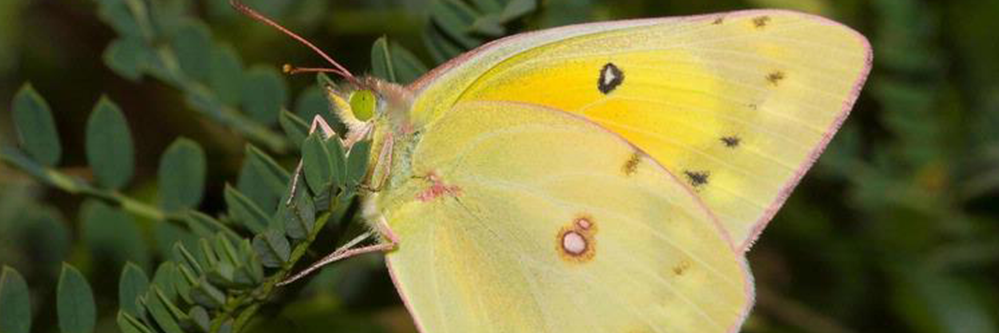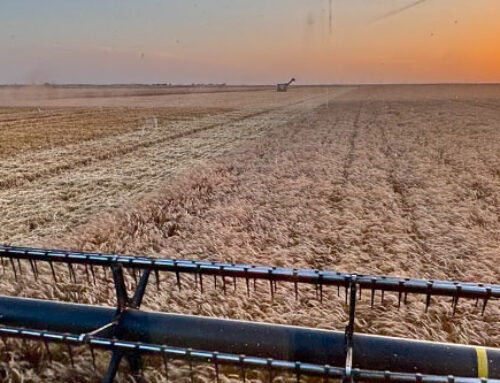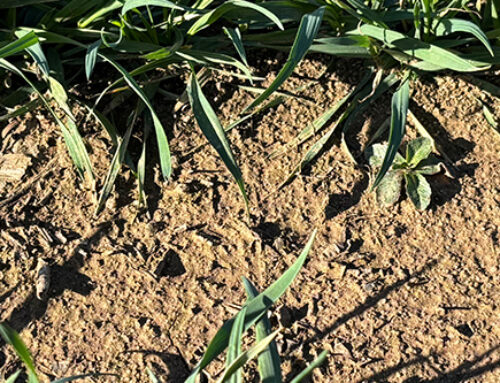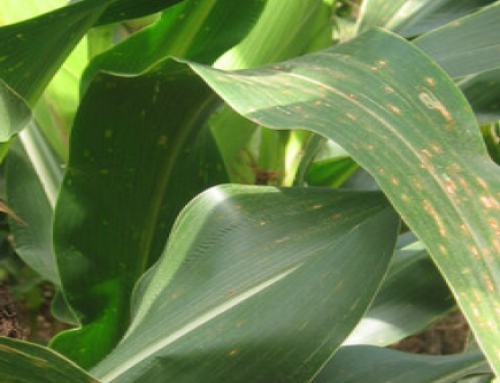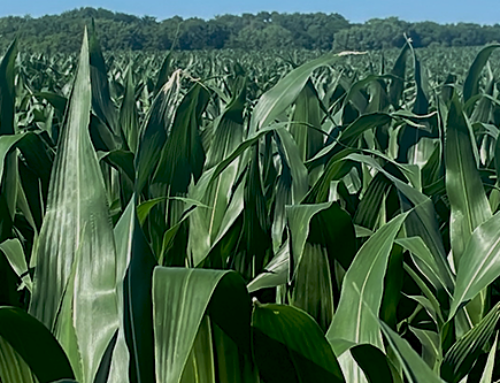What are all those little yellow butterflies that we see around hay fields during mid to late summer?
They are commonly known as Sulfur Butterflies. Although there are a few different species of Sulfur Butterflies, the more common ones near alfalfa or clover fields are most likely Alfalfa Butterflies or Orange Sulfurs. In the larval stage, they are known as Alfalfa Caterpillars.
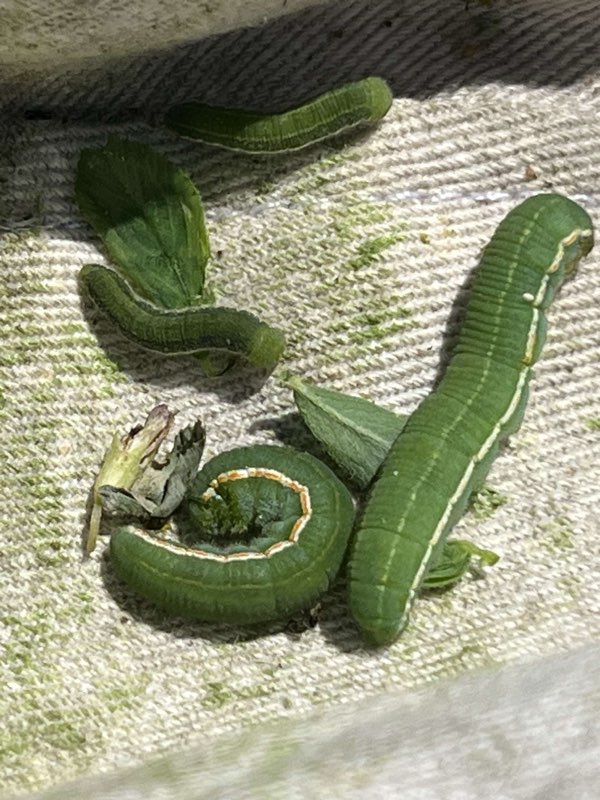
Adults typically lay eggs in alfalfa that is starting to regrow after a cutting. Eggs hatch in just a few days, and larvae reach their 4th or 5th instar within 2 weeks. So, this pest can basically complete a lifecycle during an alfalfa cutting cycle.
Alfalfa Caterpillars are a velvety green color with a white stripe along each side. They feed on alfalfa leaves, and in high numbers, can cause enough feeding damage to warrant treatment. Growers typically do not need to treat this pest when it appears. Depending on growing conditions, alfalfa can withstand low to moderate levels of infestation. Treatment should only be considered when there is noticeable feeding or when larvae numbers are extremely high. Other management options include simply cutting the alfalfa.
Since this pest completes its lifecycle so quickly, we can expect alfalfa caterpillars to be present in all our later cuttings.
Compared to the damage done by Alfalfa Weevil in early spring, Alfalfa Caterpillars are a minor pest. Their damage is typically less severe, but harder to predict when to expect economic loss. That being said, monitoring infestation levels and feeding damage needs to be done on a regular basis to determine when a treatment might be needed.
If you have questions about Alfalfa Caterpillars or need help managing your alfalfa, please don’t hesitate to contact your local Crop Quest Agronomist.
We’re here to help you manage Alfalfa Caterpillars and ensure your crops thrive.
Photo Credit: Susan Ellis, Bugwood.org
